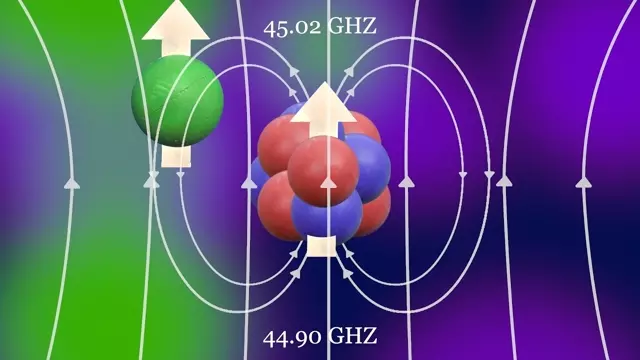2013-07-23
[public] 1.44M views, 45.5K likes, 433 dislikes audio only
How does a transistor work? /youtube/video/IcrBqCFLHIY
Silicon-28 sphere: http://bit.ly/10J1G2o
This episode supported by audible.com: http://bit.ly/ZJ5Q6z
We have looked at how a transistor works, the fundamental unit of classical computers, and how a quantum computer works in theory, taking advantage of quantum superposition to hold exponentially more information than classical computers. Now we look at the practical side of making a quantum bit, or qubit. How do you put it in a state where it is stable? How do you read and write information on it? These processes are described for a solid state qubit - a phosphorous atom in a silicon crystal substrate. Both the electron and the nucleus of the phosphorous atom can be used as qubits.
Thanks to A/Prof. Andrea Morello: http://bit.ly/17wZ7lt
Thanks to Henry Reich (MinutePhysics) for pushing me to make the explanations and visualizations clearer.
/youtube/video/zNzzGgr2mhk?t=28
/youtube/video/zNzzGgr2mhk?t=106
/youtube/video/zNzzGgr2mhk?t=131
/youtube/video/zNzzGgr2mhk?t=156
/youtube/video/zNzzGgr2mhk?t=224
/youtube/video/zNzzGgr2mhk?t=283
/youtube/video/zNzzGgr2mhk?t=319
/youtube/video/zNzzGgr2mhk?t=377

